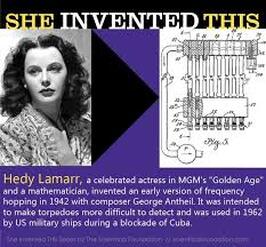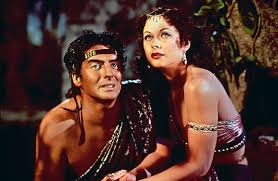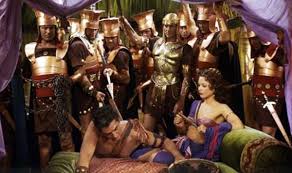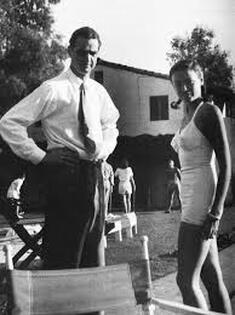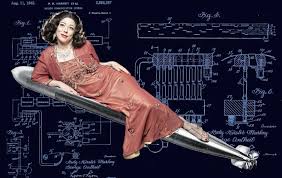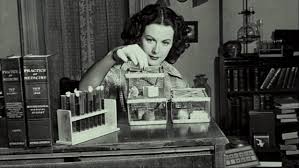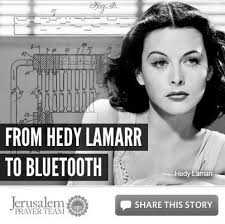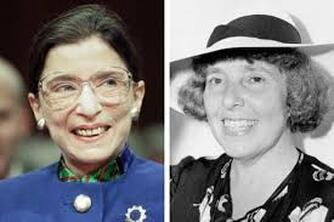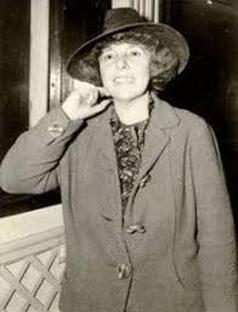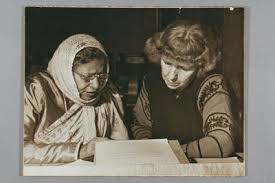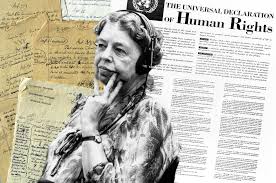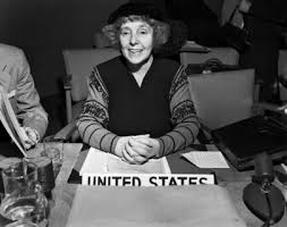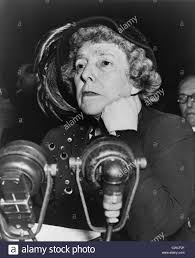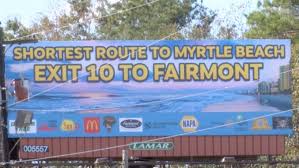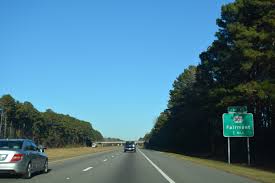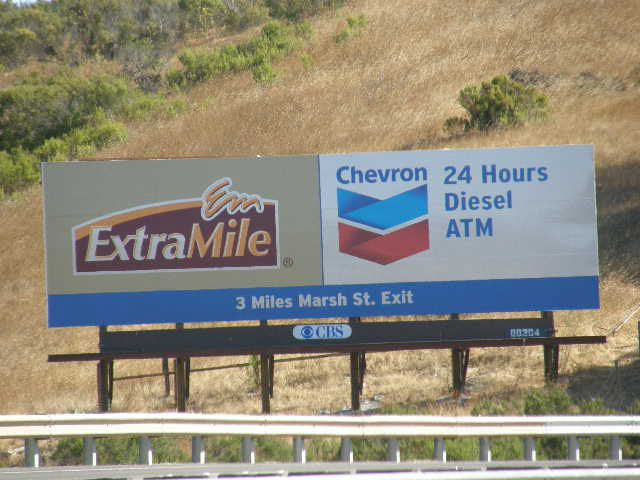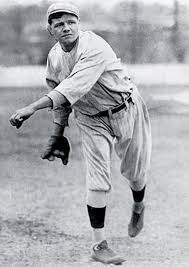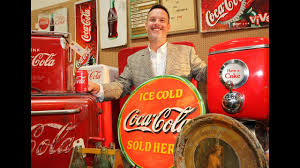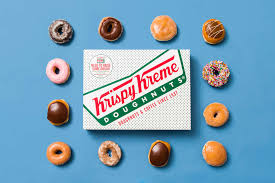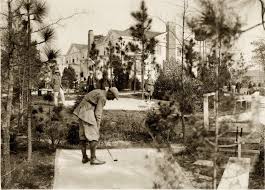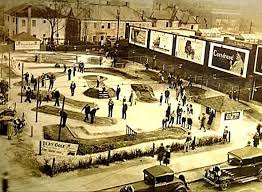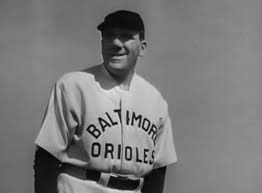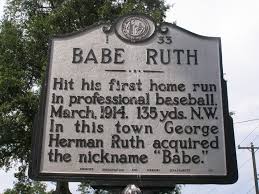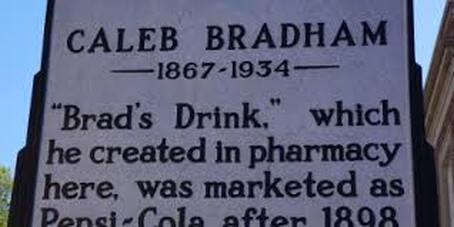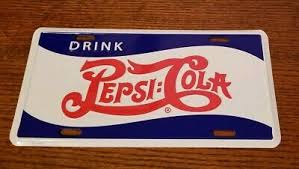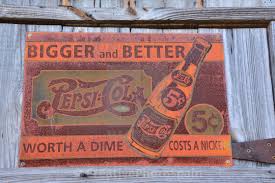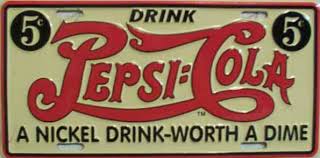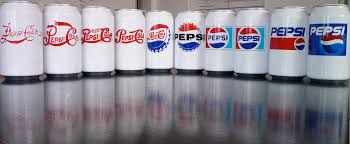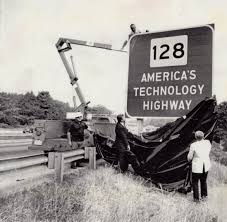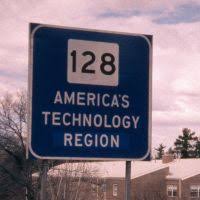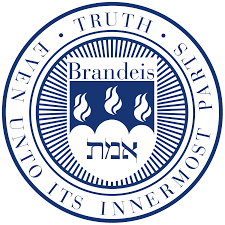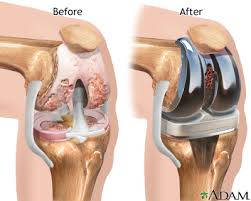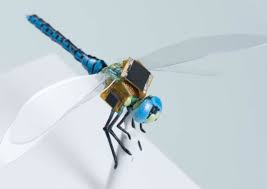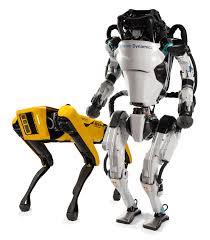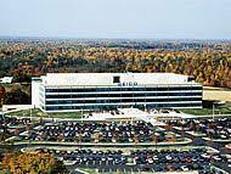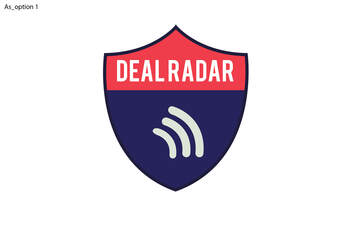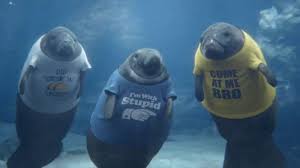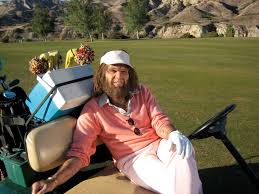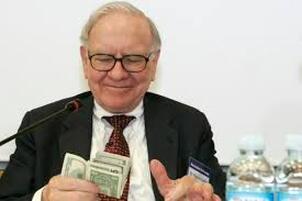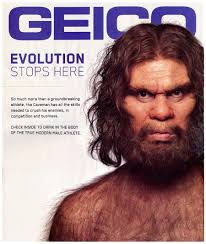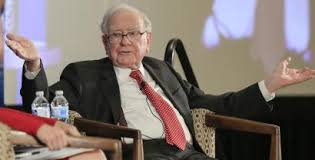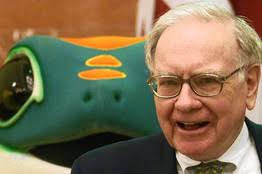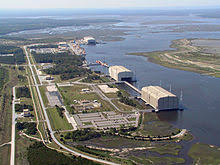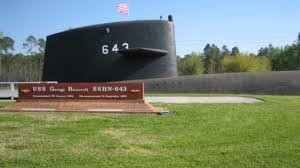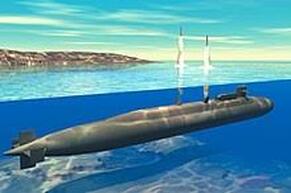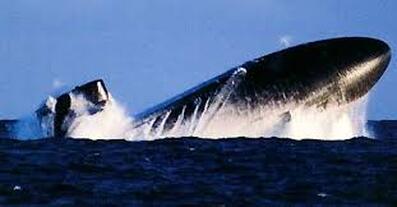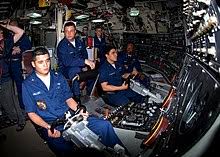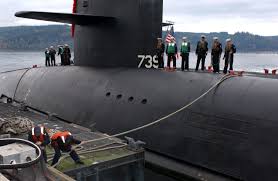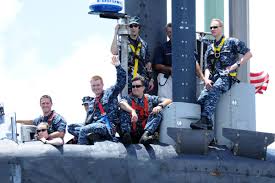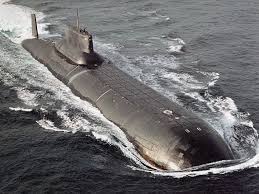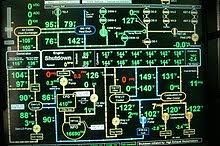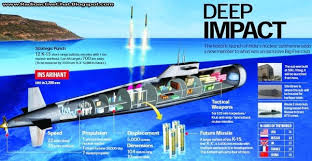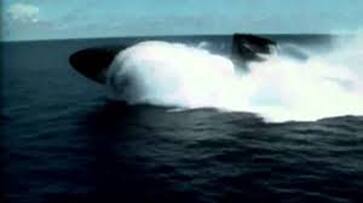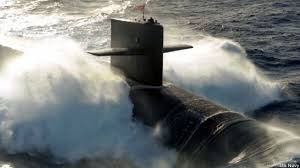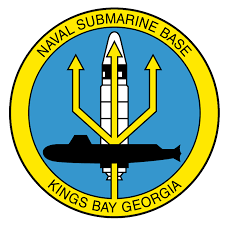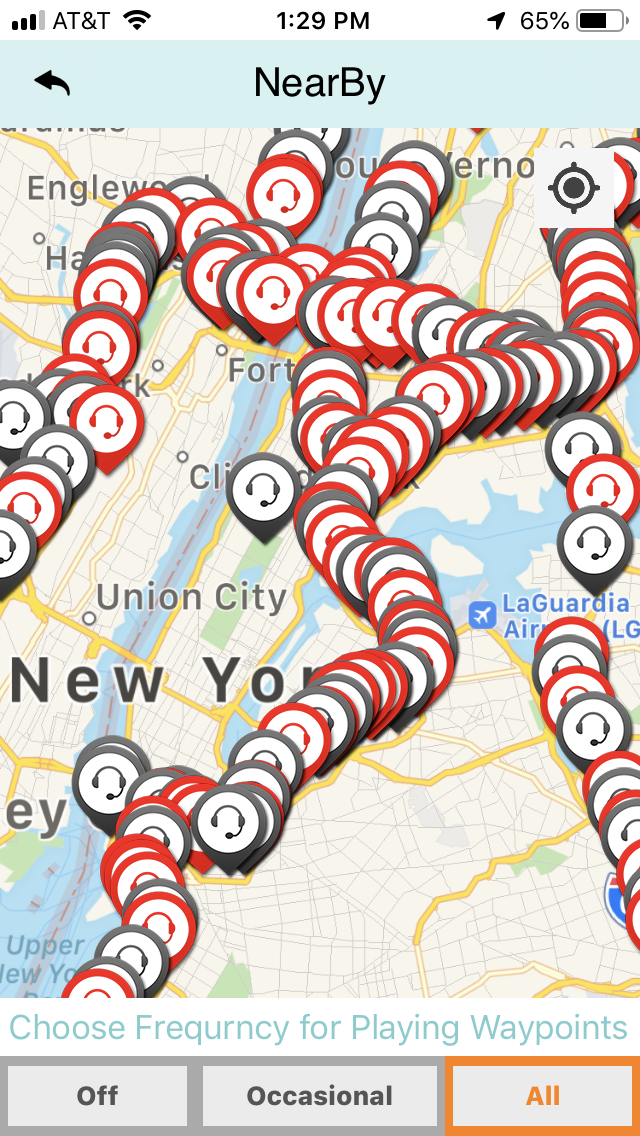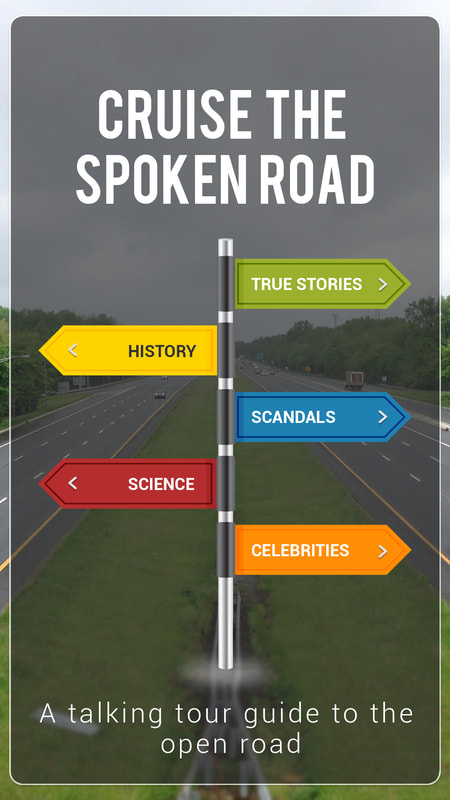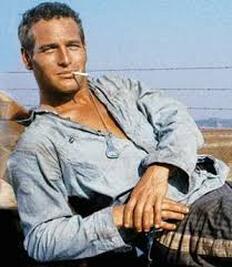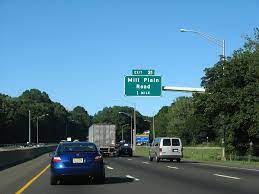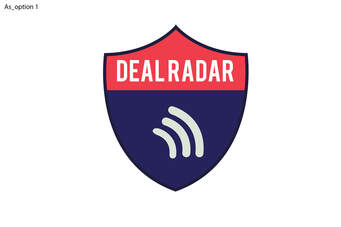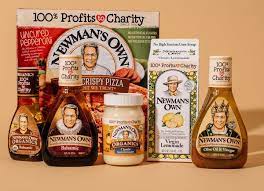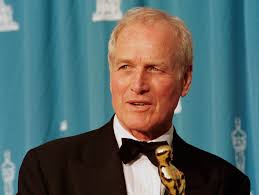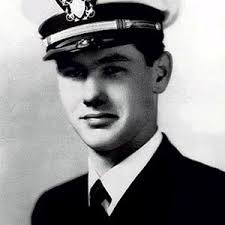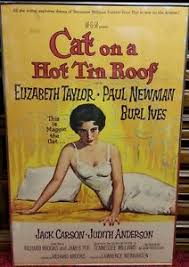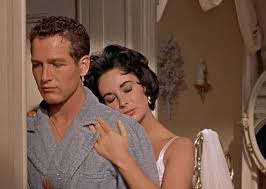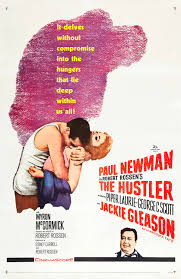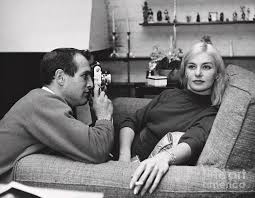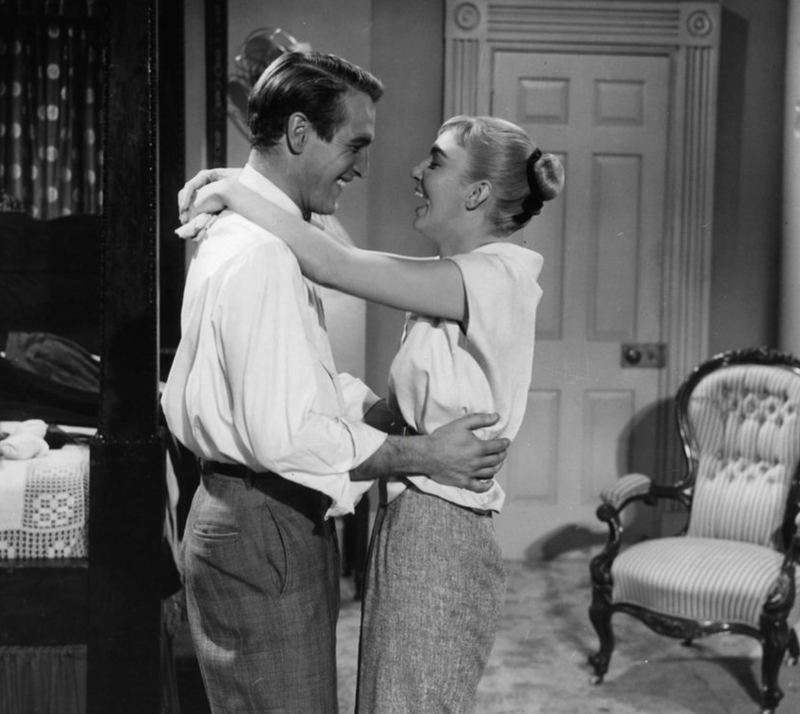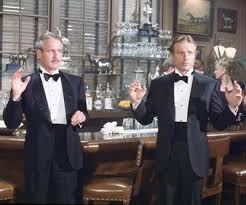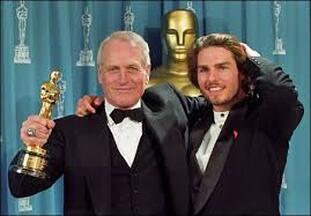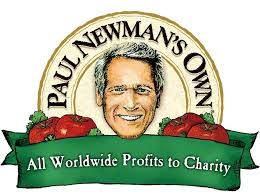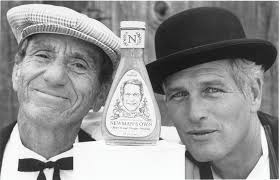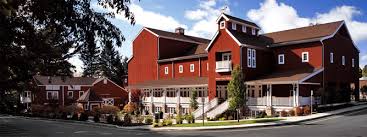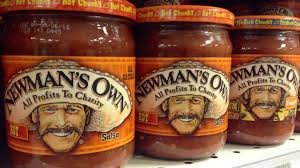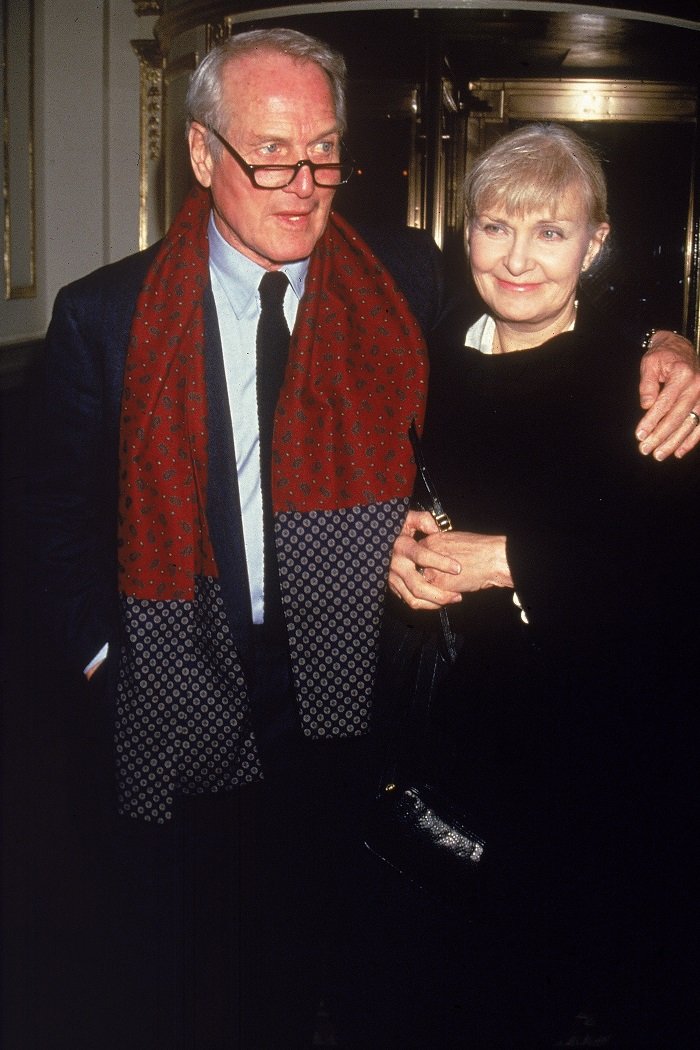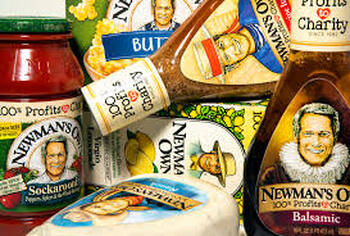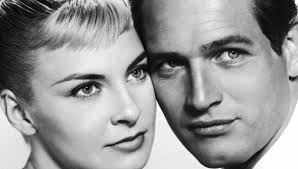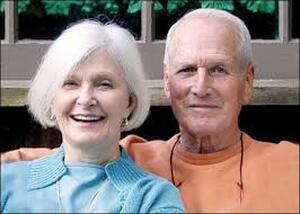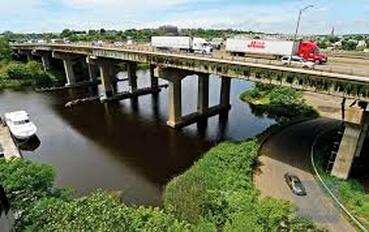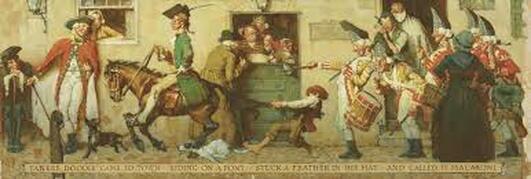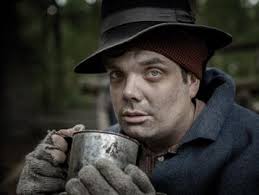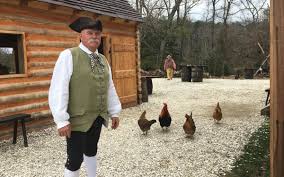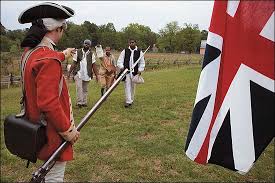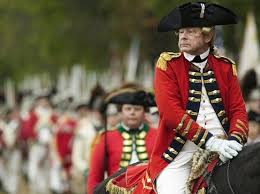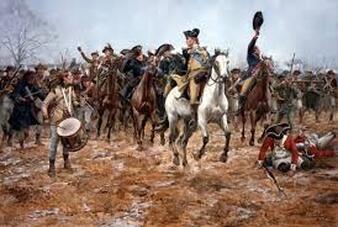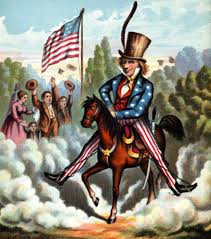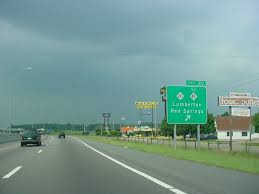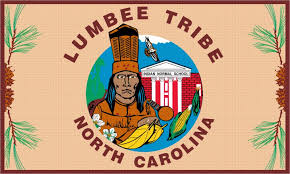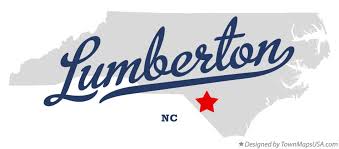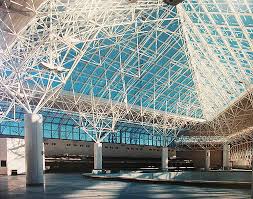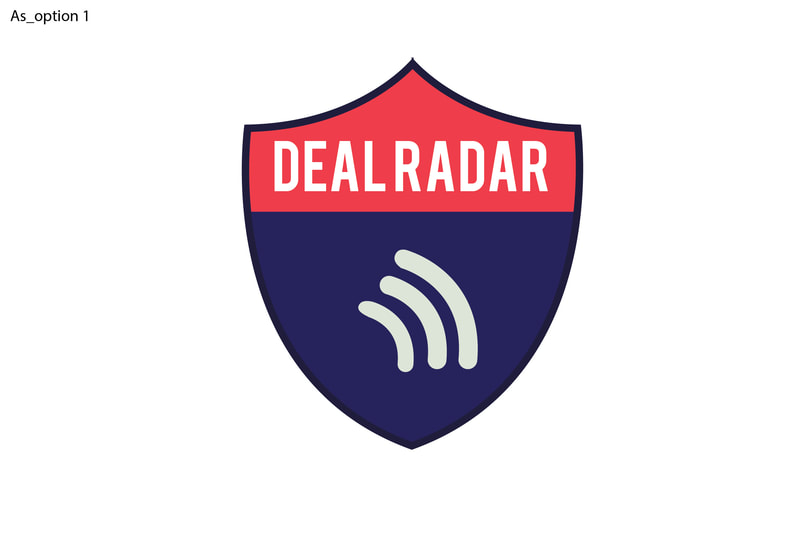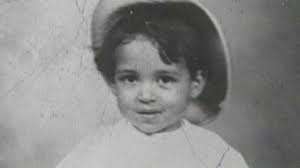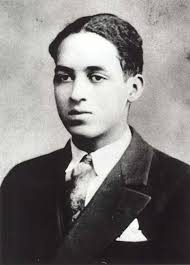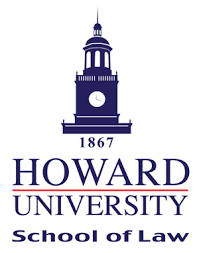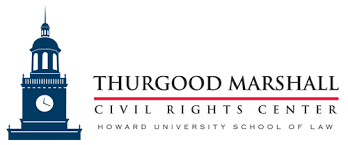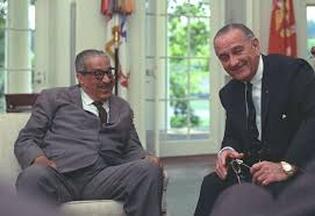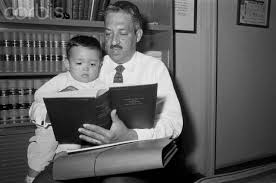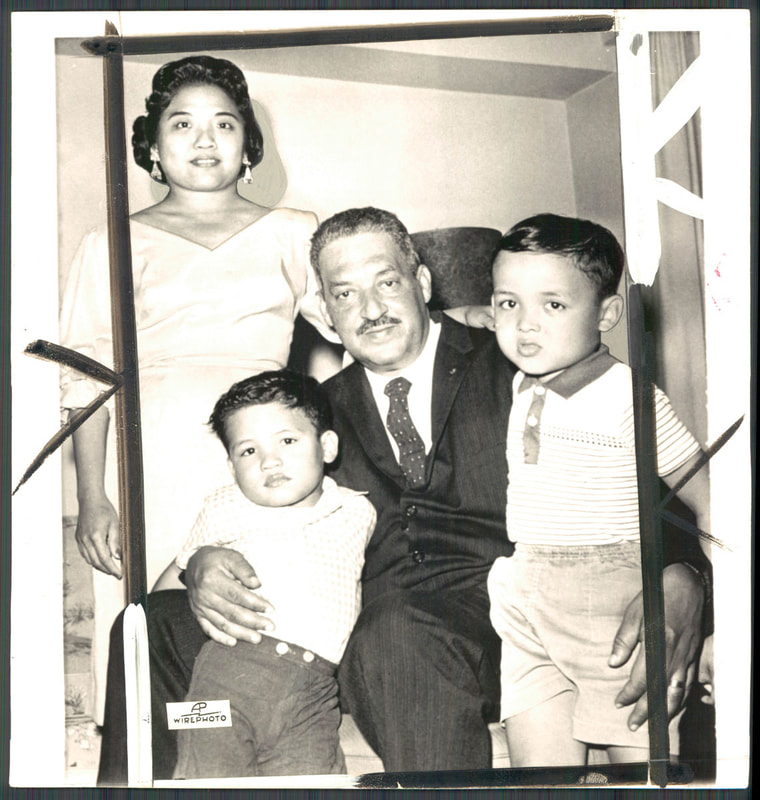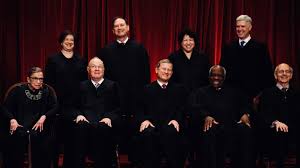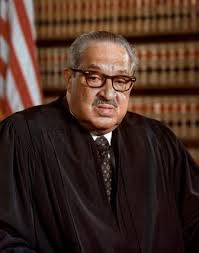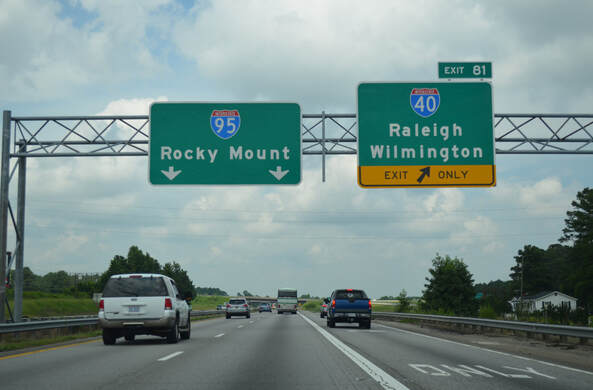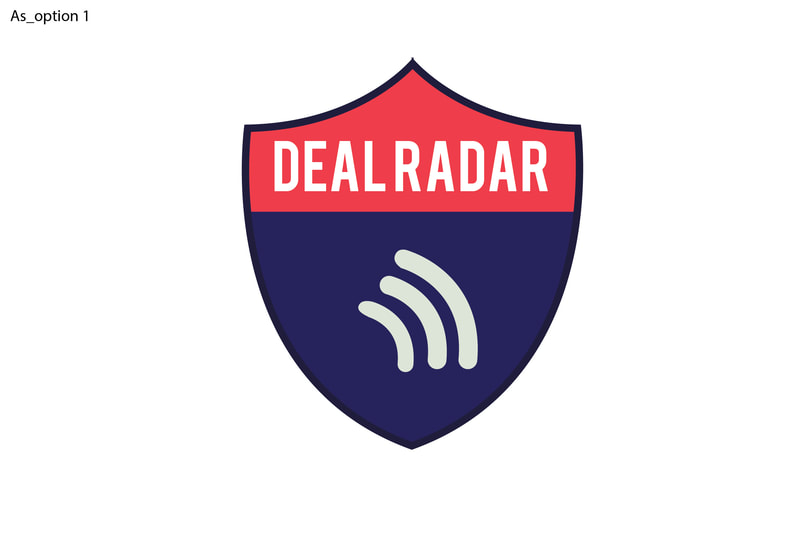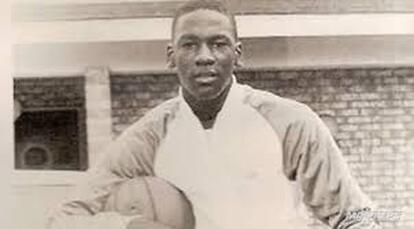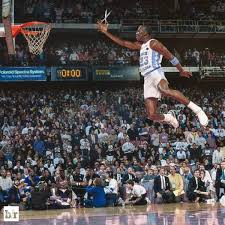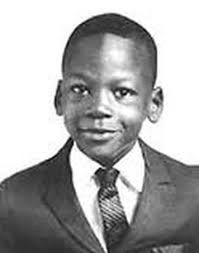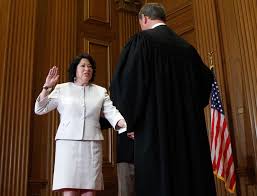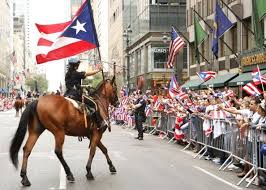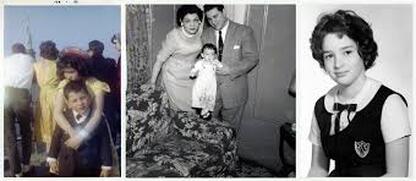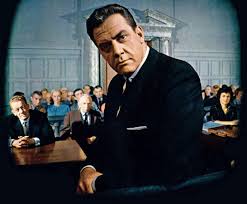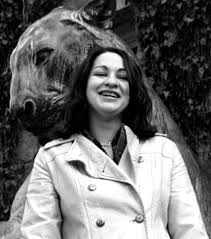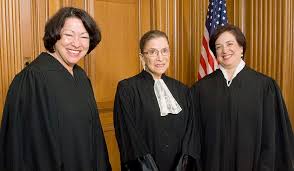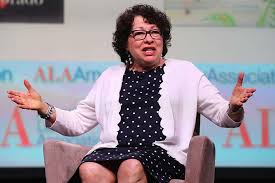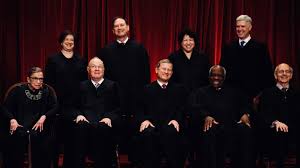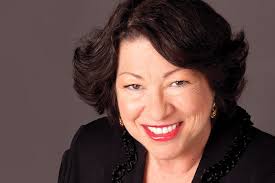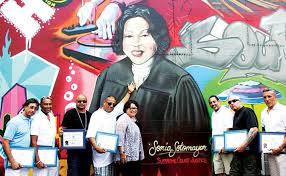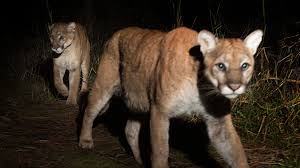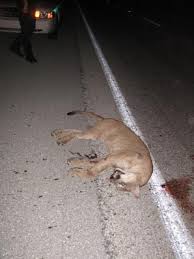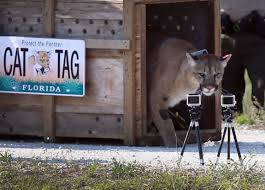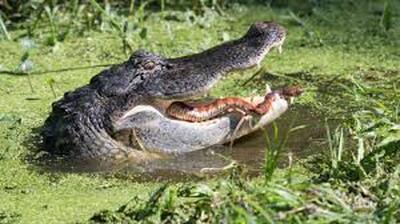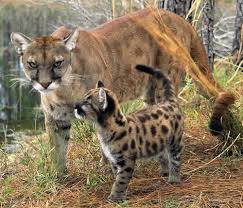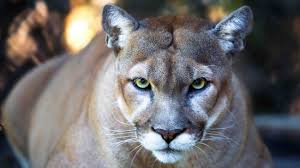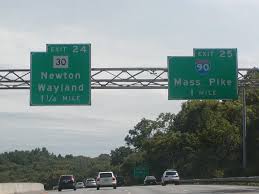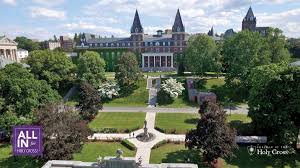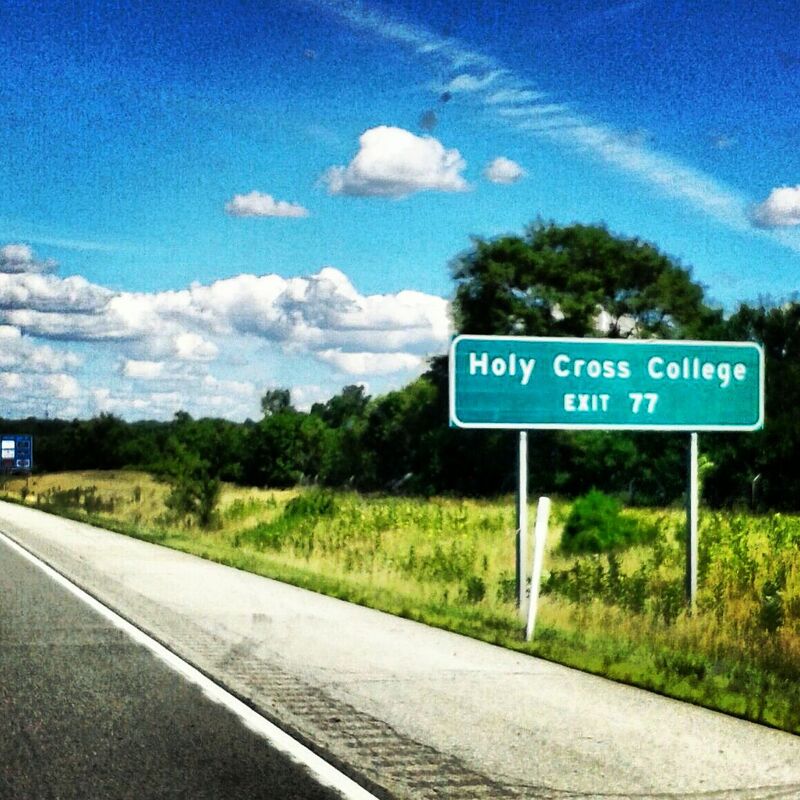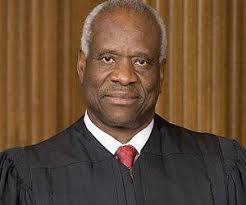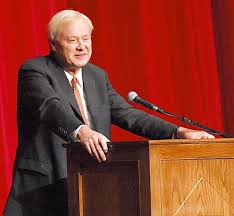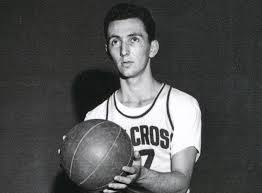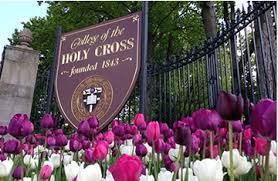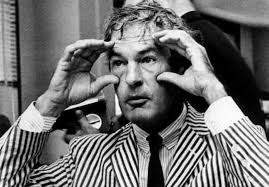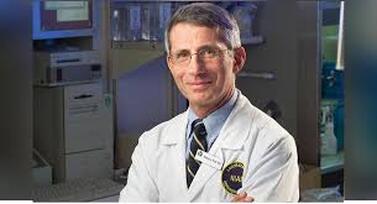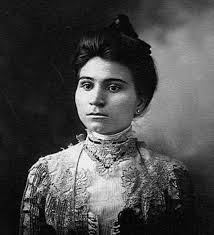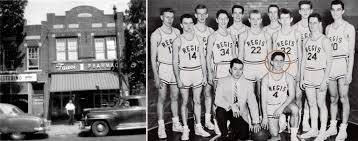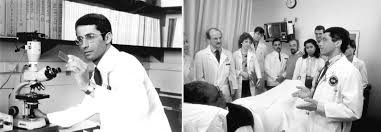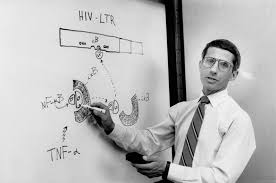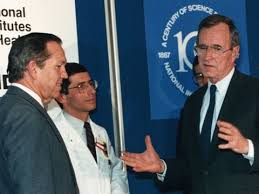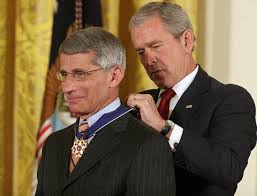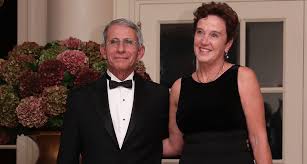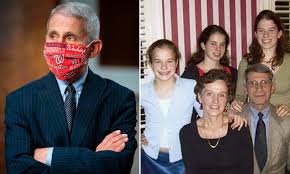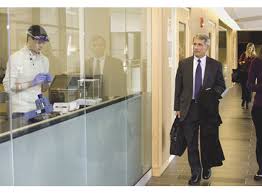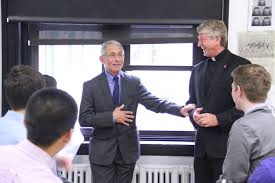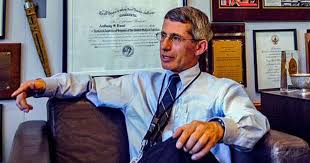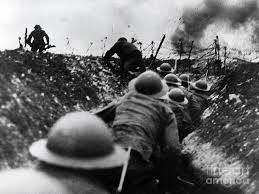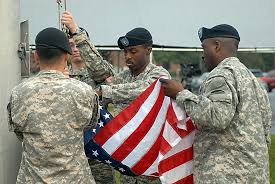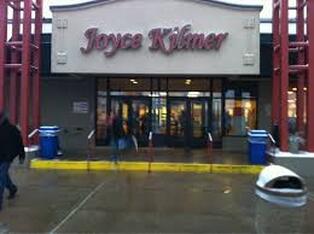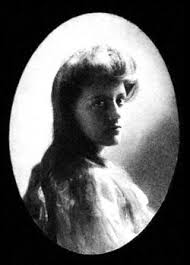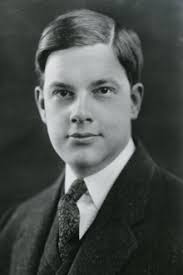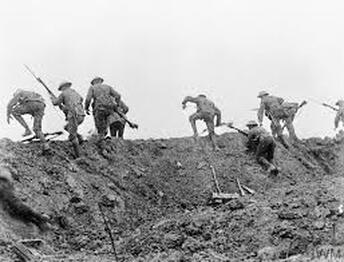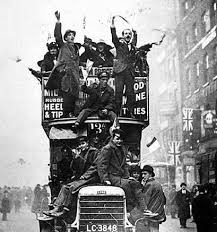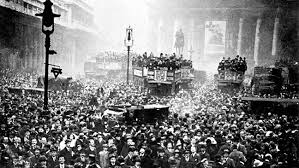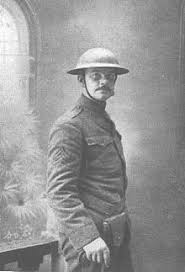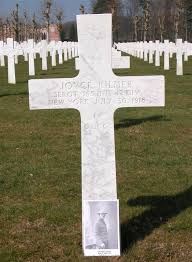|
EXIT 92 on I-4, to Altamonte Springs and Casselberry FL Hear this here: "Casselberry is the retirement home and death place of a fascinating cast of characters. What does the Jewish wife of Hitler’s Arms producer, a major Hollywood Starlet, Howard Hughes girlfriend, and the creator of the original tech that created both wifi and bluetooth have in common? The answer is, drum roll please, they were all one woman. That woman was Austrian immigrant and Hollywood golden girl Hedy Lamarr. Best remembered perhaps for playing Delilah to Victor Mature’s Samson in the 1949 classic Samson and Delilah, Hedy was a European beauty queen who before World War Two, fled her Nazi husband because he was enthusiastically underwriting Hitler's hateful war machine. The fact that the beauty queen was isolated in her husband’s castle did not prohibit her from accompanying him on business trips to meet arms engineers and scientists. A rank amateur, still science fascinated her. Already a rising star in European Film, her husband disapproved of his 19 year old wife playing sexy ingenues. So she fled the gilded birdcage, jumped the pond, and ended up with a man immensely more wealthy. Hedy landed in Hollywood and soon was the girl friend of aeronautical pioneer and billionaire Howard Hughes. In the 1930’s Howard owned quite a few businesses including TWA Airlines, RKO Movie Studios, and his two cash cows, Hughes Tool and Hughes Aerospace. Hughes Tool had a patent on drill bits for oil rigs. But Hughes Aerospace made things that fly. Unlike Hedy’s ex husband, during Hedy’s downtimes between films, Howard arranged consultations with his engineers and scientists. A student of life, it is rumored that Hedy encouraged Howard to emulate the streamline aspects of birds, insects, even rain drops to make his planes fly faster. No surprise, Howard won many world speed records in the 1930’s. Then World War Two broke out. Hedy felt useless. She loathed the fascists. So she started to apply her creativity to make tools which would be helpful for the allies. In her spare time, Hedy created a frequency hopping technology that aided radio controlled torpedoes from being jammed. Later frequency hopping tech became the basis of tech in blue tooth and wifi. Reviewing the documentary of Hedy entitled Bombshell, Forbes Magazine writer, Shivaune Field, wrote an article entitled: “Hedy Lamarr: The Incredible Mind Behind Secure WiFi, GPS And Bluetooth.” Ms Fields asserts that, “The striking movie star may be most well-known for her roles in the 1940s Oscar-nominated films ‘Algiers’ and ‘Sampson and Delilah.’ But it is her technical mind that is her greatest legacy.” Hedy’s musings were patented and became the basis for much of the internet some 50 years later. “The brains of people are more interesting than the looks I think,” Hedy admitted in 1990, 10 years before she passed here in Casselberry, Florida. So in sum, maybe we misspoke earlier when we said the thing Hedy was best known for, was her role in 'Samson and Delilah'. Perhaps in all likelihood, Hedy may one day be recalled as the mother of the internet. So move over Steve Jobs, Larry Page, Sergei Bin, Bill Gates, Elon Musk, and Mark Zuckerberg. There is a new girl in the pantheon of Tech Titans. And best of all, that Beauty Queen was no pasty nerd! Pretty cool, huh?" #wifi #Bluetooth #HedyLamarr #Frequency #Moviestar #ForbesMagazine #ShivauneField #Jewish #HowardHughes #TWA #RKO #Hollywood #MarkZukerberg #SteveJobs
1 Comment
Hear this here! EXIT of the DAY: EXIT 48 I-95 To I-91n to Hartford CT, Springfield Mass in New Haven If you bear right here up the onramp of Interstate 91 it’s a long road up to Smith College in Northampton, Massachusetts. But that road is nothing compared to the road of so many of the women that went there before 1919. The long road is a breeze when compared to the struggle of women to claim the honest rights that all Americans should share. It took almost 130 years for women to get the right to vote in 1919. Dorothy Kenyon liked losers. And good thing for them. Dorothy was a feminist lawyer and an inspiration for Supreme Court Justice Ruth Bader Ginsburg. Growing up in the late 1800’s her parents had a country home near Lakeville, Connecticut. It was in Connecticut, on the frozen ponds, that she learned to stand up and give as good as she takes. She loved to play Hockey with the boys. But it was back in New York City where she scored her most points. “Years ago,” she recalled, “my lawyer father said the words I should like to hear everybody use today. Holding tight to his hand and skipping to keep up with his long stride, the little girl that was me suddenly popped this question out of nowhere to him: ‘Can girls be lawyers, father?’ “And he answered, smiling, ‘Why not, my dear?’” A grad of Horace Mann School and later of Smith College, Dorothy received her law degree from NYU. A snap researcher, she worked on the Versailles Accords to settle World War One and then made her bones in the 1930's advocating against Injustice. For most of her career, Kenyon advocated for causes such as the New Deal, the Labor Movement and most of all, for Women’s Rights. During the Depression she was appointed to municipal relief agencies in the city and notably agitated for birth control, the rights of prostitutes and the equal treatment before the law of the men who paid for their services. In the Communist baiting McCarthy era, Kenyon was accused of being a communist. This prompted many plain old feminists to support her. Foremost of her supporters was none other than Former First Lady, Eleanor Roosevelt. Eleanor drew on Dorothy's words to craft the United Nations Declaration of Universal Rights. These rights protect women and even men all over the globe. Thereafter, she prepared briefs for the National Association for the Advancement of Colored People and worked for the American Civil Liberties Union. Dorothy would join African American female lawyer, Dr Pauli Murray to advocate for women having the right to serve on Juries. Can you imagine that? People wanted to serve on juries! Wonder if that is something most men or women would willingly roll back now? But in the 1950’s it was quite revolutionary... So much so that then lawyer and future Supreme Court Justice, Ruth Bader Ginsburg cited Dorothy’s work as an inspiration — an Honorary co-author even -- in her successful court fight to allow women equal rights to work under the law. While Dorothy had several long relationships with men, she did not marry. Perhaps this was out of deference to her crusading ways. “I always pick the losing cause,” she said in an interview in 1936. “1 guess I'm’ crazy about the underdog. But I think I'm helping women by my kind of life.” A champion of women, people of color, and anyone who seemed to face a losing cause, Dorothy worked up to the day she died in 1972 at age 84. Dorothy Kenyon... A winner to the end. #DorothyKenyon #RBG #RuthBaderGinsberg #19thAmendment #Womensrighttovote #SmithCollege #HoraceMann #NYU #PauliMurray Hear this here! I-95n at Exit 10 to Fairmont, North Carolina Ok Road Trippers, time for a Road Test. And no you do NOT win a Drivers License! But you do win $5 worth of Pepsi or Dorito Products with a fill up of fuel at the upcoming Exit 10 to Fairmont. If you take the Exit bare right to the Extra Mile Chevron and tell em RoadSpoke sent you. So get right to Exit. Now for the Fast Facts. Can you guess which of the following Fast Facts about the state of North Carolina is false? Three of them are true, and just one is false. Here we go. 1. Krispy Kreme Doughnut was founded here in North Carolina. 2. The first miniature golf course was built here. 3. Coke was invented here. 4. Babe Ruth, as a pro ball player, hit his first home run here. What do you think? Which is false? Krispy Creme? Mini Golf? Coke? Or Babe Ruth? First I’ll reveal which are true. Krispy Kreme Doughnuts was indeed founded here, in Winston-Salem. That’s true! In fact, local legend has it that in 1937, Vernon Rudolph opened his first Krispy Kreme store, deciding on Winston-Salem, North Carolina for the location because his favorite cigarette company, Camel Cigarettes, was headquartered in Winston-Salem. Apparently in an era where everyone smoked, Vernon Rudolph liked his cigs fresh! Vernon also learned something about fresh baked Krispy Kreme donuts when customers began lining up at midnight which was when Vernon began to bake the next day's inventory. By 4 am the fresh baked donuts were sold out! Anyways, returning to our Road Test... The first mini golf course was built here, in Fayetteville. That is also a fact. You know what else happened in Fayetteville? Babe Ruth hit his first home run! On March 7 in 1914. Which means that if you guessed Coke wasn’t invented here, you’re correct! But in this case, the lie is not too far from the truth. Because even though Coke wasn’t invented here, Pepsi was! Pepsi Cola was first introduced as a product called "Brad's Drink" in New Bern, North Carolina, in 1893 by Caleb Bradham, who made it at his drugstore where the drink was sold. It was renamed Pepsi-Cola in 1898. In 1931 at the depth of the Great Depression the Pepsi-Cola Company entered bankruptcy. Eventually Pepsi's assets were purchased by Charles Guth, who was the president of a candy manufacturing company with retail stores that contained soda fountains. He was interested in Pepsi because he wanted to replace Coca-Cola at his stores' fountains after Coke refused to give him a discount on syrup. Think about it, if Coke had just given that discount way back when, there would be no Pepsi to rival them! And even after Pepsi took off, the Coca Cola company was offered the opportunity to purchase the Pepsi-Cola company not just once but on three separate occasions between 1922 and 1933. But they declined on each occasion and the rivalry has just kept growing. Time to play another game. I’ll give you four Pepsi slogans from the past sixty years or so. Three will be true and one will be false. Can you guess the false one? Here we go. The first slogan is "Any Weather is Pepsi Weather.” The second slogan is “More Bounce to the Ounce.” Here’s your third option: “Born in the Carolinas.” And finally the fourth option is “If you’re peppy, get Pepsi.” Are you ready to answer? Do you think it was the slogan that said “born In the Carolinas”? Well you’re wrong, that’s a real Pepsi slogan from 2011! The false slogan was “if you’re peppy, get Pepsi.” Why not get right and take the next exit to Fairmount? I know I am thirsty, and you are likely too. Let’s get a round of sodas or maybe a soda and some Doritos. And when in Carolina do what the locals do. Make it a Pepsi! #Pepsi #KrispyKreme #NorthCarolina #BradsDrink #NewBern #BabeRuth #CocaCola I-95n Exit 13 in MA To: University Ave, (in Norwood) No Services, and Rt 128 OK Road Trippers, consider this: while tech in California tends to come from start ups, in Massachusetts, a lot of innovation is created by long established companies like Raytheon or General Electric or IBM. Often it is funded by the Department of Defense. Just because the entities are huge, their tech makes the innovation no less imaginative, useful, or disruptive. Underneath and alongside I-95 runs Massachusetts Route 128. Like I-95, Route 128 makes more than a 180-degree arc around Boston. The area along the western part of Route 128 is home to a number of high tech divisions. This part of Route 128 is even signed as "America's Technology Highway” and “America’s Tech Region”. Silicon Valley and Route 128 are two of the premiere technological concentrations, not only in the United States, but in the world. Like Silicon Valley, the development of electronics-related companies on the 65-mile highway surrounding Boston and Cambridge was influenced by the area's major research universities. In Silicon Valley it was Stanford and UC Berkley. Here it is MIT, Harvard, Boston University, Boston College, Brown University, Brandeis, and hundreds of other academic institutions. The professors and grad students in the universities devote their energies toward a greater understanding of the world around them. The government, particularly the Defense Department and the National Science Foundation, provides the financial support for the academicians to perform the experiments. The firms would then produce the physical manifestations of these ideas for the marketplace. Think knee replacements, medical devices, and robots. One major distinction between Silicon Valley and Route 128 is that much tech here is devoted to military uses. One local example: Waltham based Raytheon creates drones and drone technology as well as the brains for smart bombs and cruise missiles. Such innovations are used to fight our country's wars. Not exactly Twitter or Facebook but it is essential tech nonetheless!
#128 #Route128 #Massachusetts #Hightech #Defensetech #Raytheon #IBM #GE #Waltham #RoadTrippers #MIT #Harvard #BostonUniversity #Brown #Stanford #Berkley #BostonDynamics #BostonCollege #HarvardUniversity #Brandeis #Technology #Tech #SiliconValley #SiliconeValley I-95s, Overpass of State Route 17, in Fredericksburg VA Quick! Glance over to your right. You are passing a lovely manicured campus. The Big Man on that campus is in fact a lizard. That’s because you are passing the corporate campus of GEICO Insurance. In fact, the big lizard on GEICO's Corporate campus is no ordinary lizard but rather a gecko. And no doubt you have heard, The GEICO Gecko, that MOST uncommon of creatures, is uniquely adapted to help people save money on car insurance. So, in short order we will give you some Fast Facts about animals who sell insurance but first let us make you an Offer: If you say, " Deal Radar get me some GEICO," we will send you an email that can save you 20% on your current car insurance. You are under no obligation but it can save you hundreds if not thousands of dollars annually. FAST FACT Number #1: On top of that, with RoadSpoke feeding you experiences and monitoring your reactions, we can offer even more cash savings in the following year. Imagine that! You are driving for dollars! So yes say it. Repeat after me. One two three... "Deal Radar, get me some Geico!" Oooh. That was good. Although someone said "Get me some Gecko!" And now we will get you Fast Facts about the Gecko. FAST FACT #2: The cockney lizard has captivated audiences of all ages. GEICO is now the second largest writer of private auto insurance in the United States. This 40 acre campus on your right is home to several company divisions including our favorite, the GEICO auto insurance division. The idea for the Gecko grew from a creative session at GEICO's ad agency, the Martin Agency in Richmond, Virginia. The name "GEICO" was often mispronounced “Gecko." As the brainstorming began, a quick doodle of a gecko appeared. Ad campaigns from the past have proven animals create a strong connection between customers and companies. Think Lassie, Morris the Cat, Smokey Bear, or the MGM Lion. But a lizard? Any how, with this in mind the Gecko came to life and made his debut in the 1999 television season. But the Gecko is not alone. GEICO has launched concurrent ads with equally humorous characters. There’s camels yelling “Hump Day!” and silent manatees in T shirts. There’s even a walrus playing hockey. The GEICO Cavemen promote commercials claiming to use their GEICO website is "so easy, even a caveman could do it”. Of course the sophisticated cavemen are deeply offended by this stereotype — and well should they be! But the biggest threat to the Gecko’s job security came from a pork chop. Maxwell, the GEICO "Piggy" gave the Gecko a brief run for his money. If you can recall, Maxwell shouts a long "Whee" and appears in both radio and TV commercials. Between the piggy, the caveman, the gecko, and 2,800 employees, GEICO is the largest private employer in Fredericksburg. This should make another character supremely happy — and that would be the Oracle of Omaha himself, Warren Buffet, who himself kinda plays a character, that of America’s richest granduncle! Turns out Warren Buffet's company, Berkshire Hathaway is the majority owner of GEICO Insurance. So don’t you wish he was your Grand- Daddy? Common, dontcha? With all that doe, just think how you would never care about what day it was. Humpday would be so easy it would be a thing of the past! Oh... Sorry Caveman. #Geico #GeicoGecko #Gecko #Caveman #Humpday #Camel #OracleofOmaha #WarrenBuffett Armaggedon in the Bible BeltHear this here: Exit 14 I-95s To: GA 25, to Harriet’s Bluff Creek [~ 6.92 mi to Exit 7, ] near Fancy GA Everyone brought their crowns, right? It’s time to put them on, because we’re now passing Kings Bay. Welcome to the last few exits in Georgia, a Bible loving area which happens to be the headquarters of Armageddon. Naval Submarine Base Kings Bay is the east coast home to America’s Ohio Class submarines. According to the National Interest Magazine, the Ohio Class of nuclear powered submarines is the sole class of ballistic missile submarines currently in service with the United States Navy. Fourteen of the eighteen boats are configured to carry nuclear missiles, which, along with United States Air Force strategic bombers and intercontinental ballistic missiles, constitute the so called nuclear deterrent triad of the United States. The remaining four subs have been converted to cruise missile submarines. Why do Russia and China Fear America's Ohio-Class Submarines? Well it is not complicated. Built in the nineteen eighties these boomers might be old, but they could wipe out an entire country in less than an hour. Prowling the oceans today , the fourteen Ohio-class ballistic-missile submarines carry onboard upwards of half of the United States’ nuclear arsenal. If you do the math, the Ohio-class boats may be the most destructive weapon system created by humankind. Each of the four hundred and fifty foot or one hundred fifty meter long vessels can carry twenty four Trident Two submarine launched ballistic missiles. Depending on the load, these babies can be fired from underwater to strike at targets more than seven thousand miles away. As a Trident Two re-enters the atmosphere at speeds of up to Mach 24, it splits into up to eight independent reentry vehicles, each with a 100 or 475 kiloton nuclear warhead. In short, a full salvo from an Ohio-class submarine—which can be launched in less than one minute—could unleash up to 192 nuclear warheads to wipe twenty-four cities off the map. Sweet huh? Running silent and running deep, the sub’s nuclear reactor gives it virtually unlimited underwater endurance and the ability to maintain cruising speeds of twenty knots (twenty-three miles per hour). All the while these boomers produce very little noise. While other branches of the military may be deployed in reaction to the crisis of the day, all over the globe the nuclear submarines maintain a steady routine of patrols and communicate infrequently so as to remain as silent as possible. This makes them very tough to track. Each Ohio class submarine hosts two crews of 154 officers and enlisted personnel. Cumulatively Submariners are known as Squids. Each Sub's Squids are split into 2 crews designated Gold and Blue, who take turns departing on patrols that last an average of seventy to ninety days underwater—with the longest on record being 140 days by the USS Pennsylvania . Currently, nine boomers are based in Bangor, Washington to patrol the Pacific Ocean, and five or maybe six are stationed here in Kings Bay, Georgia for operations in the Atlantic. Make no mistake. This is a nightmarish weapon of the apocalypse. Luckily, the closest competitor to the Ohio class submarine is the Russia’s sole remaining Typhoon-class submarine, a larger vessel with twenty ballistic missile launch tubes. American Squids are confident their Ohio ships are superior, but if they told you why they would have to kill you. In the event of a nuclear exchange, a boomer would likely receive its firing orders via Very Low Frequency radio transmission. While a submarine’s missiles are not pre targeted, like those in fixed silos, they can be assigned coordinates rapidly. The logic of nuclear deterrence is simple. While a first strike might wipe out a country’s land based missiles and nuclear bombers, it’s very difficult to track a ballistic-missile submarine lurking in the depths of the ocean—and there’s little hope of taking them all out in a first strike. In fact, they rarely contact any other craft or command unit for weeks on end so once they go down they are invisible to track and/or hear. Their Captains do however enjoy exhibiting their speed, power, and acrobatics on the surface! Thus, ironically ballistic missile submarines promise the unstoppable hand of nuclear retribution—and should deter any sane adversary from attempting a first strike or resorting to nuclear weapons at all. At least that’s the theory! #KingsBay #OhioClass #Tridentmissiles #Georgia #NationalINterestMagazine LLCoolJ has a very large following. His name stands for Ladies Love Cool James. Not just Ladies, but there must be a lot of Road Trippers who love LLCoolJ. Our post about him growing up on Long Island and making music in his family's basement went VIRAL! Some BIG Influencer obviously Likes or Loves Cool J too. No Other Audio app blankets the road like RoadSpoke! In fact, you can drive from Maine to Miami and hear roadspokes non-stop about factories, landmarks, exits, people, place and things. We uncover and give context to the world around you! We turn drives into discovery. After all...
There's a million stories behind every milepost. And... No surprise, RoadSpoke loves LLCool J too! Hear this…. right HERE! EXIT 21, I-95s; Mill Plain Road, to Fairfield and Westport, Connecticut Westport Connecticut resident, the late great Actor Paul Newman survived death in World War Two and thank God he did! His good twist of fate helped literally hundreds of thousands of people later in life. All Right Road Crew, now it is time for a deal and a very charitable deal at that. Do you love pasta? I mean who does not love pasta? Every kitchen cabinet is stocked with pasta and pasta sauce. If you tap the Deal Radar button on your smart phone... ...and say "Deal Radar get me the Deal," you can get 1 free pasta sauce from Newman's Own, with every 2 Newman's Own products purchased. You all know Newman's Own, right? The Famous Movie Star, Paul Newman who starred in such great movies as "Butch Cassidy and the Sundance Kid" and "The Sting" donates all profits to charity. This socially conscious product line is in every supermarket. So stock up on "Newman's Own" because no other company gives its profits to kids in need. And that is what Newman's Own does. During World War Two back in the spring of 1945, shortly before the Battle of Okinawa, as an aerial gunner on a torpedo dive bomber, the young Paul Newman was ordered aboard the aircraft carrier USS Bunker Hill. But his pilot was sick. The pilot's ear infection kept their two man plane grounded at base while the rest of their squadron continued onto the aircraft carrier. Days later a kamikaze blasted the ship. All their unit died. No doubt Paul Newman's story would have died that day as well. In the 1950’s Paul became a major movie star co-starring opposite such greats as Jackie Gleason and Elizabeth Taylor. Another major milestone was that he met then married actress Joanne Woodward. As movie stars, their's was a union unique in its breadth and depth. They shared 3 daughters and 50 plus years together. Once when asked about the secret to his marriage’s success, Newman famously answered, “Why would I go out for hamburger when I have steak at home?” In the sixties and seventies he is most famous perhaps playing a series of Oscar winning films, “The Sting” and “Butch Cassidy and the Sundance Kid” with pal Robert Redford. Nominated nine times, he finally won an Oscar for Best Actor in the 1987 movie, THE COLOR OF MONEY opposite Tom Cruise. In 1982, along with author AE Hotchner and wife actress Joanne Woodward, Paul founded Newman's Own, a food company from which Newman donates all post-tax profits and royalties to charity. These donations totaled about five hundred million dollars by 2016. Paul was also a co-founder of Safe Water Network and the SeriousFun Children's Network, a global family of camps and programs for children with serious illness. The camps are seriously altruistic: it has served over three hundred thousand kids. The Westport Country Playhouse is a world famous theater in Westport. Joanne Woodward, Paul Newman's wife, was artistic director from 2000-2006. Liza Minnelli, Eartha Kitt, Gene Wilder, James Earl Jones, Jane Curtin, Henry Fonda, Hume Cronyn, Jessica Tandy, Olivia de Havilland, Eva Gabor, Jane Fonda, and of course both Joanne Woodward and Paul Newman are among the actors having performed there. The Playhouse Theater is off the upcoming exit. Why not get right to exit and see where all those famous actors have strode the stage? Oh and get some of Newman's Own Popcorn or maybe so chips and salsa before you do. An avid race car driver and recipient of numerous humanitarian awards, Paul Newman died in 2008 from lung cancer surrounded by his wife and kids. Not to be morbid, but Paul Newman’s missing the Battle of Okinawa did a lot of people good who otherwise had no connection to World War 2. Funny where the road leads us, isn't it? #PaulNewman #Okinawa #NewmansOwn #Westport #WestportPlayhouse #JoanneWoodward #SeriousFun #Safewaternetwork Hear this right…. HERE! On "Yankee Doodle Bridge" approaching EXIT 14 I-95s: to South Norwalk & Connecticut Ave, Norwalk Connecticut "Right now, right here... you are driving across the Yankee Doodle Bridge above the Norwalk River in Norwalk, Connecticut. So Road Trippers, time for a Road Test. If you get this correct, the person in the driver’s seat will pay you $20. Driver, keep your eyes on the road. Time for the Fast Facts: The traditional American song "Yankee Doodle" has Norwalk origins. The song’s lyrics go: “Yankee Doodle went to town, Yankee doodle Dandy. Yankee doodle went to town, Riding on a pony. Yankee doodle went to town, Stuck a feather in his cap, and Called it Macaroni.” Fifteen years before the American Revolution, during the French and Indian War between the British Colonies and French Canada, Connecticut towns were required to provide citizen soldiers to augment the soldiers of the British Army — the most well provisioned and powerful fighting force on Earth. American Colonials were dirt poor back then. Reporting for duty, a regiment of poor Norwalk chicken farmers arrived outside Quebec. The smart British cavalry in their bright redcoats, burnished leather bandoliers, and tall thoroughbred horses looked down on this rag-tag crew. They began to ridicule the rag-tag Connecticut troops. These Norwalk famers had used chicken feathers to decorate their tattered uniforms. No doubt too, these Yankee doodles came to town, riding a single pony. A British Officer sang a popular melody of the time but he added words―“He stuck a feather in his cap and called it Macaroni.” "Macaroni" was London slang at the time for looking like a foppish dandy. You called something “Macaroni” when it was too chic, too stylish — Italian. So the British redcoats were making mockery of these dirt poor partners in arms. The Norwalk Chicken Farmers were humiliated by their own poverty. Twenty Years later, in the American Revolution, these same Norwalk Chicken Farmers sang the same song. They sang it proud. They sang it loud. This time, Yankee Doodle Dandy was a victory chorus. The poor troops of the American Colonies rolled back the fancy Red Coats and kicked them into the sea. Now for the Road Test. What did Yankee Doodle ride, a horse or a pony? I'll give you three seconds: Three. And Two. And One. You said pony! Correct! Now Driver pay the winner. You owe twenty dollars. Cough up friend, and and don’t be a poor sport. #YankeeDoodleDandy #YankeeDoodleBridge #FrenchandIndianWar #Norwalk #NorwalkConnecticut #AmericanRevolution #Redcoats #BritishArmy #RoadTest #FastFacts #ChickenFarmers #Quebec Hear this… HERE! EXIT OF THE DAY: EXIT 17, to Lumberton, Red Springs, NC Near Lumberton is the tiny railroad town of Hamlet, North Carolina, population of a little over 6000. Remember how I told you that there is a large Native American population around here? Well that is because Robeson County, North Carolina is home to the Lumbee Tribe of North Carolina which has a population of 55,000. One of the biggest Lumbee tribe members is the diminutive Olympic Gymnast, Ashton Locklear. Ashton was an alternate at the 2016 Olympics. As written in The Richmond County Daily Journal Newspaper in 2016: “In the 120 years of the modern Olympic Games, the U.S. Olympic Committee has sent 12,355 athletes to compete against those of other nations on tracks, ice rinks and snow-covered mountains, in pools and gymnasiums, on rivers, courts and fields. Not a single one of them listed Hamlet, North Carolina, as his or her hometown. I don’t think any of the people in this town realize the magnitude of what Ashton has done,” said Terry Barrett, the Hamlet gym instructor who taught her to do headstands at age 2½." Ashton was born in upcoming Lumberton, North Carolina. Her mom and Dad worked very hard to help their gifted daughter to soar to such heights in a sport that is not immediately profitable. “It’s been very difficult, especially financially,” said Ashton’s mother, Carrie Locklear. Carrie worked as a registered nurse at Sandhills Regional Medical Center. Ashton’s father, Terry, works in construction. Despite being an alternate at the Olympics, Ashton is considered possibly the best gymnast in the world on the uneven bars. She helped the US Team win the World Championships in Nanning China in 2014. By the time she retired in 2019, she was a two-time national champion on the uneven bars. Over the course of her youthful career, Ashton persevered though injuries and abuse, suffering the latter as one of the victims of Coach Larry Nasser. Her injuries are also breathtaking including 2 broken backs. Given her obvious appeal as a role model, Ashton was made a Nike Ambassador in 2017. If you want to find out more about this dedicated dynamo and see where Ashton grew up, take the next Exit. Upcoming Pembroke is the tribal seat of the Lumbee Tribe. Aston Locklear’s birthplace of Lumberton is right next door. There is even a museum dedicated to this local hometown hero! After all, Ashton Locklear is a hometown hero who is a role model to all girls all over the world. #AshtonLocklear #NikeAmbassador #USOlympics #OlympicGymnastics #LumbeeTribe #Lumberton EXIT of the DAY: EXIT 35 I-95n to : Thurgood Marshall International Airport, Savage Mills, North Laurel in Maryland. You are approaching Baltimore Washington International Airport aka The Thurgood Marshall Airport. It is named for a man whose roots were in Baltimore... his career was in Washington... and his influence was International. However, at this auspicious place we can offer you a 10% savings in the next 2 days on any travel you Book through Expedia.com. That's right, just reserve your deal by saying, "Deal Radar, save my Expedia deal... now!" Then in the next 2 days you can book and use the promotion code, "RoadSpoke Deal Radar" to save that 10%. It could save you as much as $1200 or more -- especially if you are traveling with the family! Wow, right!? Ok... now for the story about this airport. The grandson of slaves, Thurgood Marshall attended Frederick Douglass High School. He then went to Lincoln University of Pennsylvania, a primarily African American college. His remarkable class of 1930 included Big Band leader Cab Calloway and writer Langston Hughes. After Lincoln University, Marshall wanted to go to Law School. He applied to his home state college, University of Maryland School of Law but was rejected. That’s because the U of M did not accept African Americans. Instead Marshall attended Howard University Law School. Not surprisingly, he graduated 1st in his class. Then not 3 years after he applied, he sued the University of Maryland, won the suit, and forced the matriculation of the first black man. The legacy of Marshall at Howard lives on: the law school boasts one of the most admired Centers for the study of civil rights which itself was named for Thurgood Marshall. A passionate proponent of education and an avid stickler to detail, over his career he stayed close to the words -- and promises -- of the US Constitution. As a Civil Rights lawyer, by 1967 he had won more cases in front of the Supreme Court than any other lawyer in the history of the United States. In the Mid '60's, President Johnson came calling. Seeking the first black Supreme Court Justice, Marshall was appointed. President Lyndon Johnson said, "this was "the right thing to do, the right time to do it, the right man and the right place." Marshall once described his philosophy as this: "You do what you think is right -- and let the law catch up." Folks argue that this was judicial activism. Marshall did not deny it. When he died in 1993, his legacy was simple: to uphold the constitutional rights of EVERY American. #BWI #ThurgoodMarshall #HarrietTubman #LyndonJohnson #BaltimoreWashingtonInternationalAirport #CivilRights #SupremeCourt #Slavery #escapefromslavery #HowardUniversity #UniversityofMaryland #CabCalloway #LangstonHughes EXIT of the Day: EXIT 81 I-95s To: I-4 & State Road 451 to Wilmington, NC At this EXIT, RoadSpoke is offering a mega deal for you RoadSpoke basketball fans. If you tap your deal radar logo in the next 2 minutes you can get 20% off a new pair of Nike Air Jordans. Even better, these air Jordans are autographed by Michael himself. So the savings is worth hundreds of dollars. So get ready to tap and then fly in your new sneakers! Except for the possible exception of Babe Ruth no other athlete is more famous than Michael Jordan. Upcoming is NOT Michael's birthplace. Michael Jordan was born in Brooklyn, New York. But upcoming IS State Road 451 to Wilmington, North Carolina. What then is such a big deal about this state road exit then, you may ask. Well, Wilmington, North Carolina was where Michael grew up. No doubt Mike has crossed and criss crossed this very interchange numerous times-- so this Exit makes it for you "an intersection with greatness" no doubt! That's right. You are in the footsteps of Air Jordan here folks. Wow! And given that MJ is so famous, we will take any opportunity to trumpet his North Carolina roots even so slim as to notify you about upcoming intersection that leads you back to his adolescence. We all know that during his pro career, Michael Jordan surpassed greatness. He scored 32,292 points, earned six NBA championships and five NBA MVP titles, and made 14 All-Star Game appearances. He is, by acclamation, the greatest basketball player to ever live. So basically, this is not just an intersection but it is the path of a GOAT. get it? A goat trail. Ok. Ok. Pretty bad. But back in 1978, Michael Jordan was just another kid in the gym. Along with 50 or so of his classmates, he tried out for the Emsley A. Laney High School varsity basketball team. According to Newsweek Magazine, there were 15 roster spots. Jordan—then a 15-year-old sophomore — was only 5’ 10”. The Future Air Jordan could not yet dunk. So he did NOT get a spot on Varsity. He was cut. Jordan later said, “It was embarrassing not making the team.” So did he give up? No. He went home, locked himself in his room and cried. Then he picked himself up and turned the cut into motivation. “Whenever I was working out and got tired and figured I ought to stop, I’d close my eyes and see that list in the locker room without my name on it,” Jordan would explain. “That usually got me going again.” Michael played that year on the Junior Varsity. He perfected his skills. So he was ready when a growth spurt grew him to his final 6’6”. After that, he went to his beloved University of North Carolina at Chapel Hill where he led them to the National College Championships… with a final second jumper over fellow Future Hall of Famer, Patrick Ewing and his Georgetown team!  But let that be a lesson to all of us who think of quitting. From adversity we can find greatness. For Michael Jordan, the Hall of Fame Career would never have happened if he was not cut from Varsity at high school in Wilmington North Carolina.
And for you...you will never get another chance to buy a pair of Air Jordans with the autograph of Michael Jordan himself -- unless you tap the phone and say, "Deal Radar get me a pair of Air Jordans !" #KobeBryant #GianaBryant #MichaelJordan #EmsleyALaneyHighSchool #Newsweek #HallofFame #NBA #WilmingtonNC EXIT OF THE DAY: EXIT 11 onramp I-95s; near City Island, Orchard Beach and Co-op City, BRONX NY Co-op City was briefly home to one of the brightest legal minds in America. Who is it? Can an old TV Series and a kids' Detective Book inspire a great leader? You decide. Or rather, you make a ruling. And Yankee Fanatics take note! A life long Yankee booster who identifies herself as a combined New Yorker and Puerto Rican or rather as a Nuyorican -- she is none other than the first South Bronx born Supreme Court Judge, Sonia Sotomayor. Pardon the pun, but the trials of childhood may influence the person they become. With an alcoholic father, Sonia was diagnosed with diabetes at age seven and began taking daily insulin injections. When she was just nine years old her Father died of heart problems. Her mother then encouraged her to become fluent in English. Early on, Sotomayor was first inspired to become a detective by the book character Nancy Drew. But after her diabetes diagnosis, doctors suggested a different career and apparently she was by this time a big fan of the Perry Mason television series. The TV show inspired Sotomayor to go into a legal career and later to become a judge. Sotomayor entered Princeton University on a full scholarship, by her own admission gaining admittance in part because of a leg up. She would later say that despite her admission there are cultural biases built into such tests as the SAT's. She praised laws for fulfilling their “purpose: to create the conditions whereby students from disadvantaged backgrounds could be brought to the starting line of a race - a race many were unaware was even being run." Sotomayor was sworn in on August 8, 2009 by Chief Justice John Roberts. Sotomayor is the fourth woman -- and the First Hispanic ever -- to serve on the United States Supreme Court. Coming up from the mean streets of the Bronx, Justice Sotomayor is the most accessible of all the Supreme Court Judges. When not making laws and epic rulings, she is active visiting schools and univerities and encouraging people to stick to their books and to get engaged in their country. As a successful woman, she enjoys being a role model and speaking with young people, women, and people of color. And Her Honor can speak to her many admirers fluently in either English or Spanish!
#JudgeSotomayor #SoniaSotomayor #SupremeCourtJudge #LatinaJudge #YankeeFans #PuertoRican Hear this right... Here! EXIT 10A I-95 northbound; to 125 Street. Hialeah, FL While the Florida Panthers play hockey up north just west of Fort Lauderdale, their home rink runs up against real panther country. Compared to a bunch of toothless be-muscled hockey jocks, the big cat is no less fierce. The real cat, the Florida Panther is a species of mountain lion that inhabits the swamps and Everglades just a few miles west of I-95. Even with six million neighbors the lurking panther is seldom seen. The National Park Service writes: "Once common throughout the southeastern United States, fewer than 100 Florida panthers are estimated to live in the wilds today. Florida panthers were heavily hunted after 1832 when a bounty on panthers was created. Perceived as a threat to humans and livestock the species was nearly extinct by the mid-1950s. Today, the primary threats to the remaining panther population are habitat loss and degradation." Big kitties indeed, males can weigh up to 160 pounds and live within a range that includes the Big Cypress National Preserve, Everglades National Park, and the Florida Panther National Wildlife Refuge. This population is currently the only cougar representative in the eastern United States — although some sightings have been recorded in New England of late. In fact, just 25 miles from New York City in suburban Connecticut, a mountain lion was hit and killed by a car along the Merritt Parkway a few years back. Being so elusive, their range and population are not entirely known. Whether or not it can be said of the Hockey Team, the 100 big cats now represent something of a comeback story. In the 1970s, there were estimated to be only 20 Florida panthers in the wild. An enthusiastic conservation campaign raised awareness. Poaching plummeted. Amateur sightings increased. Rangers used collars to track the animals. Most significantly, motorists were put on notice — especially drivers crossing the Tamiami Trail between Miami and Naples — to avoid hitting the big cats. That’s because the primary killer of panthers was getting hit by speeding highway vehicles. In 1982, the big cat was even chosen as the official Florida State Animal. Finally, folks were assured that living in panther country was quite safe. Unfortunately, they are known to take an occasional Fido or Puss but about 90 percent of their diet is feral hog, white-tailed deer, raccoon, and armadillo. Occasionally they consume rabbits, rats, and birds, and occasionally even alligators. No wonder the Hockey Team chose the panther to be their team emblem. Any animal that eats alligators is one tough competitor.
#FloridaPanthers #Floridapanthers #Gators #Everglades Park #NationalParkServiceandNationalHockeyLeague #NHL #Extinction #Mountainlions #cougars Hear this …. HERE! I-95n, EXIT 24 to I-90, MASS Turnpike to Worcester, Newton MA Ok Heads up Road Crew. You are about to cross the Charles River which is famous because a lot of great colleges are located near its banks. If you go east, you would get to Harvard and MIT. If you go west, not far away is the Oldest Catholic College in New England. Founded in 1843, The College of the Holy Cross is located along the banks of the Charles in the factory town of Worcester, Massachusetts. Holy Cross boasts a lot of famous alumni including Supreme Court Justice Clarence Thomas, basketball Hall of Famer Bob Cousy, Newscaster Chris Matthews, Puerto Rican Newspaper Publisher Loren Ferre Rangel, Maggie Wilderotter CEO of Frontier Communications, Bob Wright Founder of Autism Speaks, and even 1960’s Psychedelics Professor Timothy Leary. One of the most famous alums is none other than Doctor Anthony Fauci who is head of the National Institute of Health. For his work on AIDS as well as COVID 19, he is likely the most famous doctor in America. And well he should be. He somehow balances his day job, his family, and being the talking head of reason in the Coronavirus Pandemic. Here are five fast facts. Relax; there is no Road Test. So just listen. And marvel. And appreciate... Fast Fact One: Tony Fauci is a real American Success story. Little Tony Fauci was born to Italian immigrants in the Bensonhurst neighborhood of Brooklyn. His family later moved to Dyker Heights and opened a pharmacy where Fauci’s father, Stephen worked as a pharmacist. His mom, Eugenia, worked the register. The Fauci Family literally lived above the store — in a small apartment. Young Tony went to Catholic schools in the community before gaining admission to the elite Catholic secondary school, Regis High School in Manhattan. Regis is still one of the best high schools in the country. A member of the Regis Basketball Squad, young Tony made up for his lack of height by being fast. Maybe that is because since the age of 7, he ran around delivering prescriptions to sick patients all around Brooklyn. Fast Fact Two: Fauci’s maternal grandmother – a seamstress – was from Naples. Fauci’s maternal grandfather was born in Switzerland’s Italian sector. He was an artist who also painted graphic designs for various brands, including olive oil cans. Fast Fact Three: Growing up Catholic, in 1962 young Tony graduated with a bachelors degree in Classics from the nearby College of the Holy Cross. Holy Cross is a private Jesuit liberal arts college heavily subsidized by the Catholic Church. Switching majors, Fauci then went to Cornell University Medical College where he graduated number one in his class. He completed his residency at the New York Hospital-Cornell Medical School then joined the National Institutes of Health in Bethesda, Maryland, as a clinical associate in the National Institute of Allergy and Infectious Diseases (NIAID). Before the era of AIDS, he focused on treating patients with autoimmune diseases. But he also had interests beyond the laboratory. Using his classics training, Fauci is pithy, politically savvy, and tends to speak in sound bytes that gain attention from political leaders. As the emerging face of the institution, Fauci helped to increase funding for the organization from his DC overlords. He even worked directly with the first President George W. Bush to create the so-called “President’s Emergency Plan for AIDS”. The President’s Plan — yeah right! — addressed the HIV-AIDS pandemic in Africa. Fast forward a few years. The second George Bush gave Dr Fauci a medal of Freedom, the highness civilian honor — kinda like a Medal of Honor for Military heroes. Thanks to his work and access to power, it is estimated that several million lives were saved throughout the world. Fast Fact Four Dr. Fauci is the the author, co-author, or editor of over 1,000 scientific textbooks and publications. Fast Fact Five: In 1985, Dr. Fauci met nurse Christine. Tony and Christine Grady were both treating the same patient. Tony must have a good bedside manner because they soon married. No slouch, Christine is herself the Head of the Department of Bioethics at the NIH. Together, they have three daughters: Jennifer, Megan and Alison. Sadly before Christmas 2020, Dr Fauci announced he would NOT spend Christmas with his kids, a first, since the family was practicing social distancing. #AnthonyFauci #DoctorFauci #FauciBirthday #FauciChristmaseve #HolyCross #CollegeofHolyCross #Brooklyn #Bensonhurst #ChristineFauci “I think that I shall never see. A poem lovely as a tree.” Happy Memorial Day! On the 11th hour of the 11th day of the 11th month, the guns fell silent ending the First World War in 1918. Hear this …. Right Here! EXIT of the DAY: Alfred “Joyce Kilmer” Service Area NJ Tpke n; “When Alfred Joyce Kilmer's daughter Rose was stricken with polio shortly after birth Alfred and his wife, Aline turned to their new religion, Catholicism, for comfort. Born in New Brunswick, New Jersey, Alfred Joyce was the son of Doctor Frederick Kilmer a physician employed by the Johnson and Johnson Company. Doctor Kilmer is notable in his own right as the inventor of the iconic Johnson & Johnson Baby Powder. His son, Joyce Kilmer was a poet/ soldier best known for his 1913 poem “Trees”. Most school kids have heard this ode to the most uncommon of common things. Says the poem's first lines: “I think that I shall never see. A poem lovely as a tree.” He was married to Aline Murray, also an accomplished poet, with whom he had five children. Later he is also credited with naming the 69th Infantry of the New York National Guard; he called his 69th Regiment from New York City, "The Fighting Irish". Or rather, Kilmer re-named the unit since in the Civil War, Robert E Lee, admiringly named this Union unit largely composed even then of tough Irish immigrants, "The Fighting 69th". As converts to Roman Catholicism from Episcopalianism. the young poets were received in the Catholic church in 1913. Kilmer writes that he "wanted something not intellectual, some conviction not mental – in fact I wanted Faith." He claimed that when "faith did come, it came, I think, by way of my little paralyzed daughter. Her lifeless hands led me. I think her tiny feet know beautiful paths. You understand this. And it gives me a selfish pleasure to write it down.” When the Great War began, seeking a higher calling, Kilmer enlisted and was deployed to France with his famous "Fighting Irish" in 1917. Then he received sad news. Little Rose had died. In France, fighting the Germans, Kilmer sought increasingly hazardous duty. He was transferred to the military intelligence section where his coolness under fire was admired. One day his Commanding Officer, Wild Bill Donovan -- who would later go on to be the founder of the Central Intelligence Agency (the CIA) -- had Kilmer scout out a German machine gun nest. When Wild Bill Donovan later ran up upon him, he thought Kilmer was just lying down, cooly watching the enemy. But when Donovan touched him, he found that he was dead. Kilmer had taken a sniper's bullet to the brain... and no doubt he followed his beloved Rose on a path her paralyzed feet had blazed to Heaven. Happy Veterans' Day! #Veteran'sDay #TreesPoem #AlfredJoyceKilmer #PoetSoldier |



